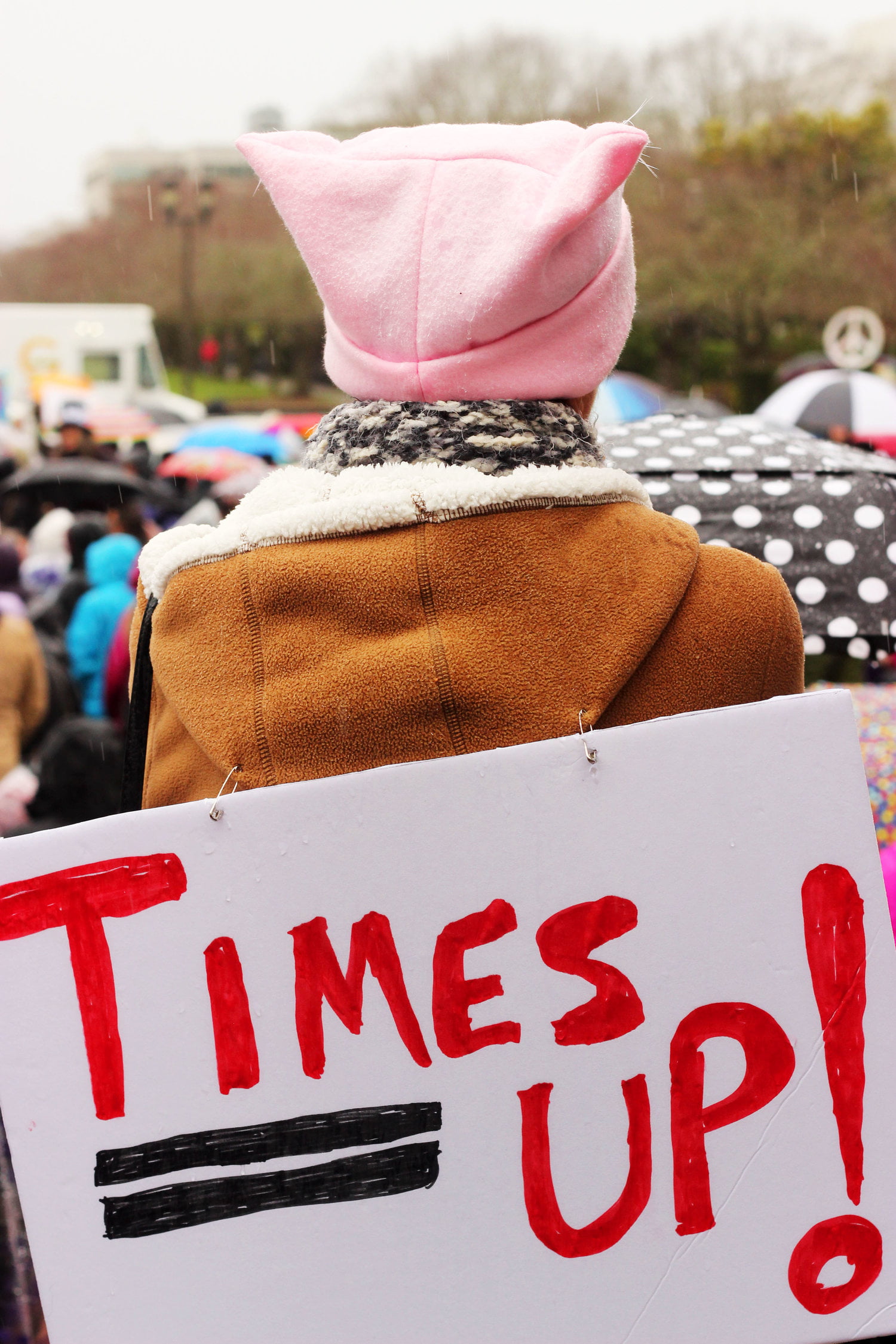It is famously attributed to Mao Zedong that he said that women represent half the sky. This means that the equality of women in every sphere of human life is the essential ingredient that keeps society going. Women are not only the mere recipient of resources, as it was historically believed to be so, but represent a resource in itself. Having equal, if not more, capabilities and attributes to lead a successful life without relying on anybody else.
But the equality that we see around the world, even in only legislative terms, has a short past and a long struggle attached to it. It is due to the persistent efforts of countless women that we see a broad coalition in support of women’s rights as women hold up half the sky. Historically, segregation of various aspects of life into domains of separate sexes meant that a massive potential for progress was lost. Women have an equal right to all social, cultural, economic, and political arenas, and deserve it to be implemented in letter and spirit.
Mao’s famous proclamation that women hold half the sky is directly linked to the potential women represent as a resource in the development of society and nation.
Denying women the right of participation in various aspects of life mean that half of the global population of the world is deprived of its capabilities. Imagine an engine running on half power or a rowing boat with only one side being rowed. It requires the basic imaginative power of humans to realize the importance of equality of all humankind, for the sake of progress and development. Whereas, the commonplace assumption that half of the human potential is completely lost when women are denied their share is false. Rather, the work performed by women is mostly not recorded or is not considered ‘work’ by the standards prevalent in society. Society’s survival is dependent on the work performed by women.
An important question arises at this point: what makes up equality? What parameters are involved in it? The simple answer to this question is the provision of equal rights and responsibilities to both men and women without prejudice attached to various aspects of life. This includes the equality of participation in economic life, freedom of association, freedom to take part in the political life of the country, equality in the cultural domain, and equality of rights to ‘own’ their bodies and sexuality. In short, equality encompasses the economic, political, social, cultural, and sexual arenas as women hold up half the sky.
Historically, women were relegated to being second class citizens, or even third, in some societies. The words of Mao Zedong were a far cry from reality, even a century or two before. Owing to the prevalent mindset, the female population was confined to the premise of the home, and society’s expectation was that they stay within the house and keep up the household. They were not even allowed to vote in countries that were the first to champion human rights and rode the fresh wave of democracy.
Hence, until recently, equality embodied in democracy was only meant for half the population. Decisions were taken by male members of the family, and women were assumed to follow them blindly. Owning their bodies was a taboo concept, reinforced due to social and cultural constructs. It’s pertinent to mention here that the subjugation of women witnessed in the history of humankind is not supported by any biological evidence or scientific experimentation. It is now proven that the oppression is a direct result of the social construct that had been developed, reinforced further by covering it in the shrouds of culture. But things started to change in the 18th century forward.
The equality that we see all around the world, whether implemented or confined in the words of legislations, is the direct result of huge sacrifices made by countless women and men. The rights were obtained not by the decree of a King, but the concentrated efforts of women. The first real movement arose in western countries regarding the rights of women to take part in the political life of a nation in the 18th century. Women were denied the right to vote, whereas men enjoyed this right for centuries. Thereafter arose the suffrage movement.
It started with the inspiring words of Elizabeth Cady Stanton, Susan B. Anthony, Matilda Joslyn Gage, and Ida Husted Harper in a book, which was published in six volumes from 1881 to 1922. This led to the widespread recognition that women desire equal rights and responsibilities. It was due to the suffrage movement that women finally got the right to vote in the majority of western states by the 1920s. Conscious raising and imparting education to the masses was the backbone of this movement. Although women eventually won the right to vote, in other arenas, equal rights were still missing.
There arose the first wave of feminism, embedded in liberal paradigm in the 1940s. It began with the work of Simon De Beauvoir’s famous book “The Second Sex,” wherein she argued women have rationality and reasoning capabilities, therefore they deserve equality with men, as according to the liberal tradition. Thereafter rose the second wave of feminism. An important contributor to the feminist literature was Mary Wollstonecraft. She wrote in her book, ‘A Vindication of The Rights of Women,’ that women deserve a personhood, and she should be encouraged to make her own decisions, decisions which were before made for her.
The first wave being embedded in liberal paradigm remained closely associated with getting reforms within the society. Whereas, the radical branch of feminism that came in the second wave of feminism took a radically different stance than the liberal. Radical feminism underlined that true equality was not possible without reforming society itself. It voiced its demand for the radical transformation of the social structures that enabled the subjugation of women. Subsequently, the third (and latest) wave came to the forefront in the 1980s. This wave contributed to the right of women to own their bodies and sexuality.
Dalai Lama famously said:
“The world will be saved by the western women.”
It is true considering the struggle that they undertook to give rights to all women as they hold up half the sky. It is pertinent to discuss the dividend that can be achieved through the equality of sexes. On the moral side of the debate, it is the fundamental right of every human to be treated equally without any distinction based on age, sex, or color. On the political side, the involvement of women in the running of government has shown that the policies that are being made by the all-inclusive governments are more reliable and effective.
Having a voice from every sector of society enables policymakers to make better judgment calls regarding the needs of the people. Whereas, on the economic side, utilizing 100% of our population, which women make up, has basic mathematics attached to it: bigger workforce, more progress. Furthermore, on the cultural side, equality of the sexes is leading to the breakdown of various taboos and social constructs embedded in misogyny. Day by day, society is making progress in the views it holds of women, even in third world countries.
Substantial progress has been made in achieving equal rights and opportunities for women as they hold up half the sky. But how to meet it in letter and spirit remains the question. For one, there is a need to make better laws that effectively counter the cultural taboos associated with women. The implementation of the law is the natural corollary of making the laws. Without implementing the laws established, reaching the full potential of humanity will be impossible.
Another important step that needs to be taken is the conscious raising and education of masses. It’s only after a huge chunk of the population is educated enough that a substantial change in behavior and thinking can take place. Involving women in the board of governors of high-ranking companies is another method that has been implemented across various countries. In fact, several countries have made it mandatory for the companies to include at least one female member on their boards. The main reason behind this decision is the encouragement it gives to other women in our workforce who aspire to take on leadership roles.
As Harriet Beecher Stowe once said:
“Women are the real architect of the society.”
It is time that women are given their fair share of opportunities and rights, for it is the progress of society and humanity that is at stake here. Women are a potent force that shapes the world in which we live and hold up half the sky. Those who abandon this movement will be left behind in terms of economic, political, and social progress. We should heed Mao’s words while engaging in practical and concentrated efforts that will impact the world of tomorrow.
Also read about The Advent of the new `US`.









